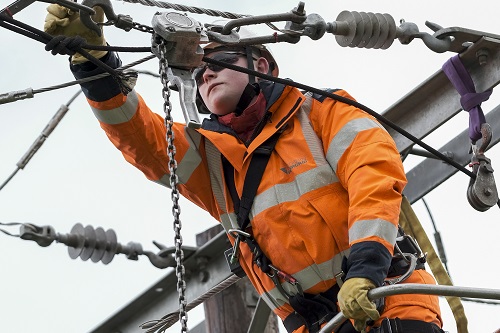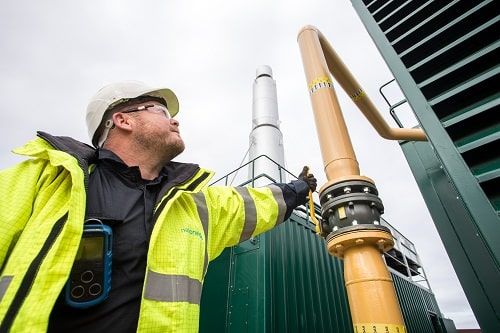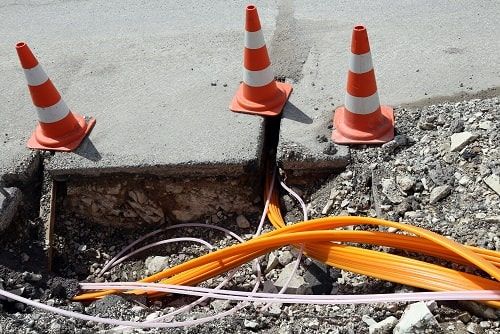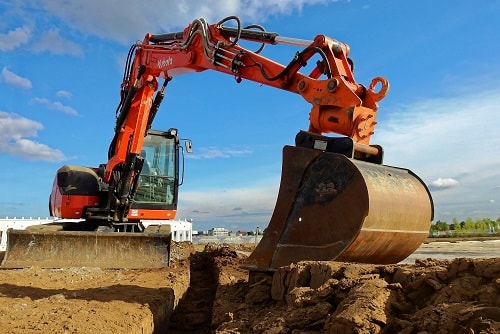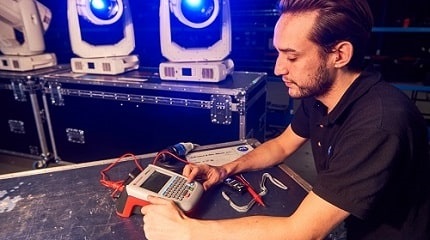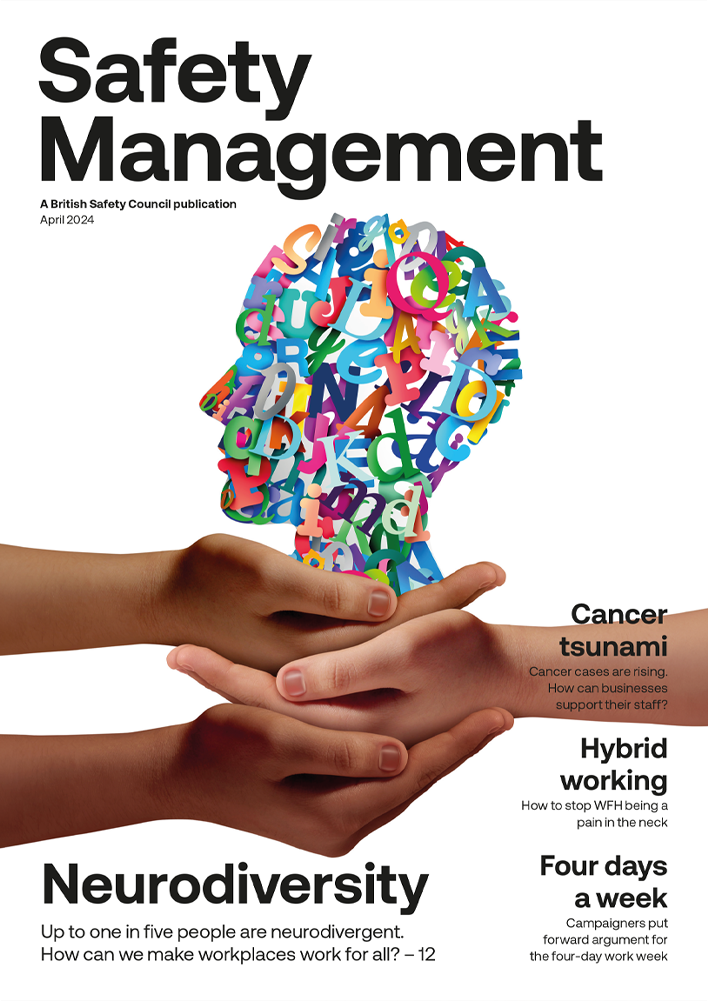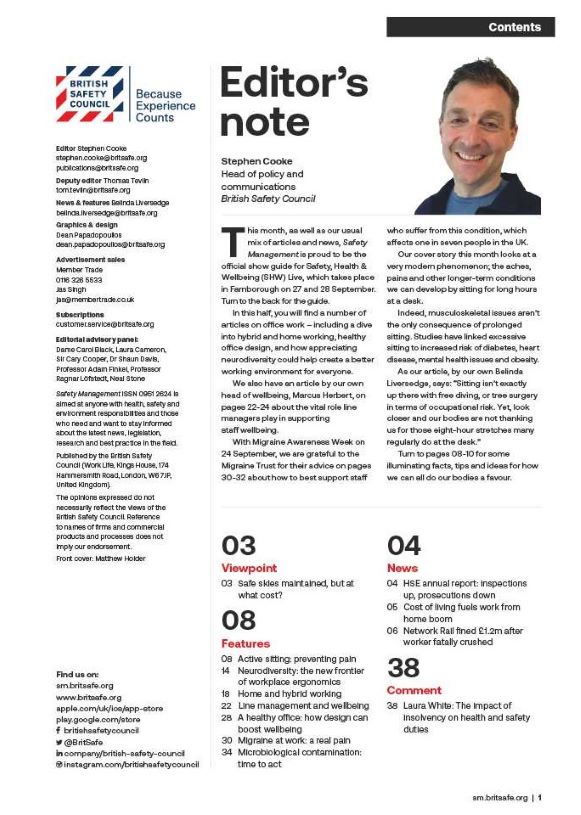Getting arc rated PPE procurement right
Arc rated PPE provides vital protection against electrical arcing for people such as engineers working on electrical installations, but it’s crucial to consider factors like comfort, durability and weather protection when selecting it.
By Jonas Andersson, GORE-TEX on 15 August 2023



